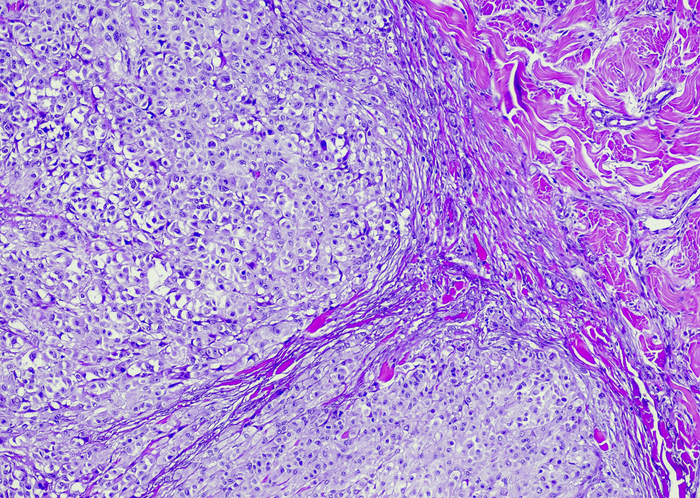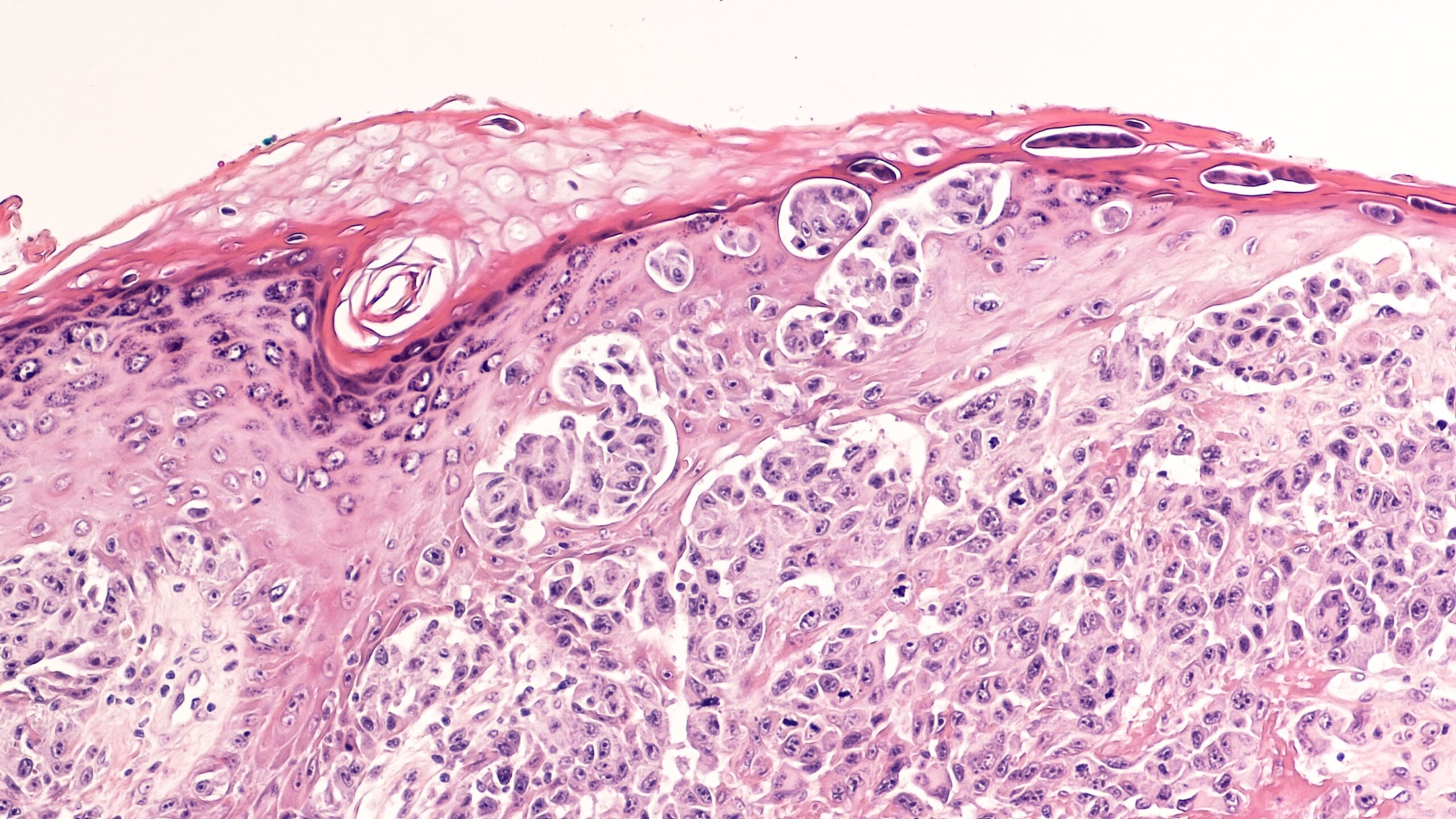
A new report highlighted the top 10 states with the highest risk for ultraviolet (UV)-linked melanoma, with Utah being number one. The results were published in the International Journal of Cancer.
The states with the highest UV-related incidence rates among all residents were:
- Utah: 36.3 cases per 100,000
- Vermont: 31.1 per 100,000
- Delaware: 28.2 per 100,000
- Minnesota: 27.6 per 100,000
- New Hampshire: 27.2 per 100,000
- Oregon: 25.5 per 100,000
- Idaho: 25.4 per 100,000
- Georgia: 24.2 per 100,000
- Washington: 23.9 per 100,000
- Montana: 23.9 per 100,000
The researchers estimated the numbers, proportions, and age‐standardized incidence rates of malignant melanomas attributable to UV radiation in each U.S. state by calculating the difference between observed melanomas during 2011 to 2015 and expected cases based on historically low incidence rates among whites in Connecticut from 1942 to 1954. “The low melanoma burden in Connecticut during this period likely reflected UV exposure accumulated in the 1930s or earlier, when exposure was likely minimized by clothing style and limited recreational exposure,” the authors wrote.
UV-linked melanoma cases
The estimated number of melanoma cases attributable to UV exposure during 2011 to 2015 was 338,701, or 91% of the total cases; 94% occurred in non-Hispanic whites. By state, the attributable proportion among non‐Hispanic whites ranged from 87.6% in the District of Columbia to 97.3% in Hawaii. The attributable age‐standardized rate among non‐Hispanic whites ranged from 15.1 (95% CI, 13.4-16.7) in Alaska to 65.1 (95% CI, 61.4-68.9) in Hawaii and was greater than 23.3 in half of states.
Multiple states had UV ray-linked melanoma cases greater than 25 per 100,000 for non-Hispanic whites, including Delaware, Georgia, California, Maryland, North Carolina, Florida, Oregon, South Carolina, Washington, New Jersey, New Hampshire, Vermont, Utah, Minnesota, Idaho, Kentucky, and Alabama.
“These variations likely reflect a combination of state differences in the strength of solar UV radiation, regular or intermittent participation in outdoor activities (even intermittent sun exposure increases melanoma risk), sun protection, indoor tanning, and early detection activities,” researchers noted.
The findings underscore “the need for broad implementation or enforcement of preventive measures across states, with priority for states with higher burden,” the researchers concluded.







 © 2025 Mashup Media, LLC, a Formedics Property. All Rights Reserved.
© 2025 Mashup Media, LLC, a Formedics Property. All Rights Reserved.